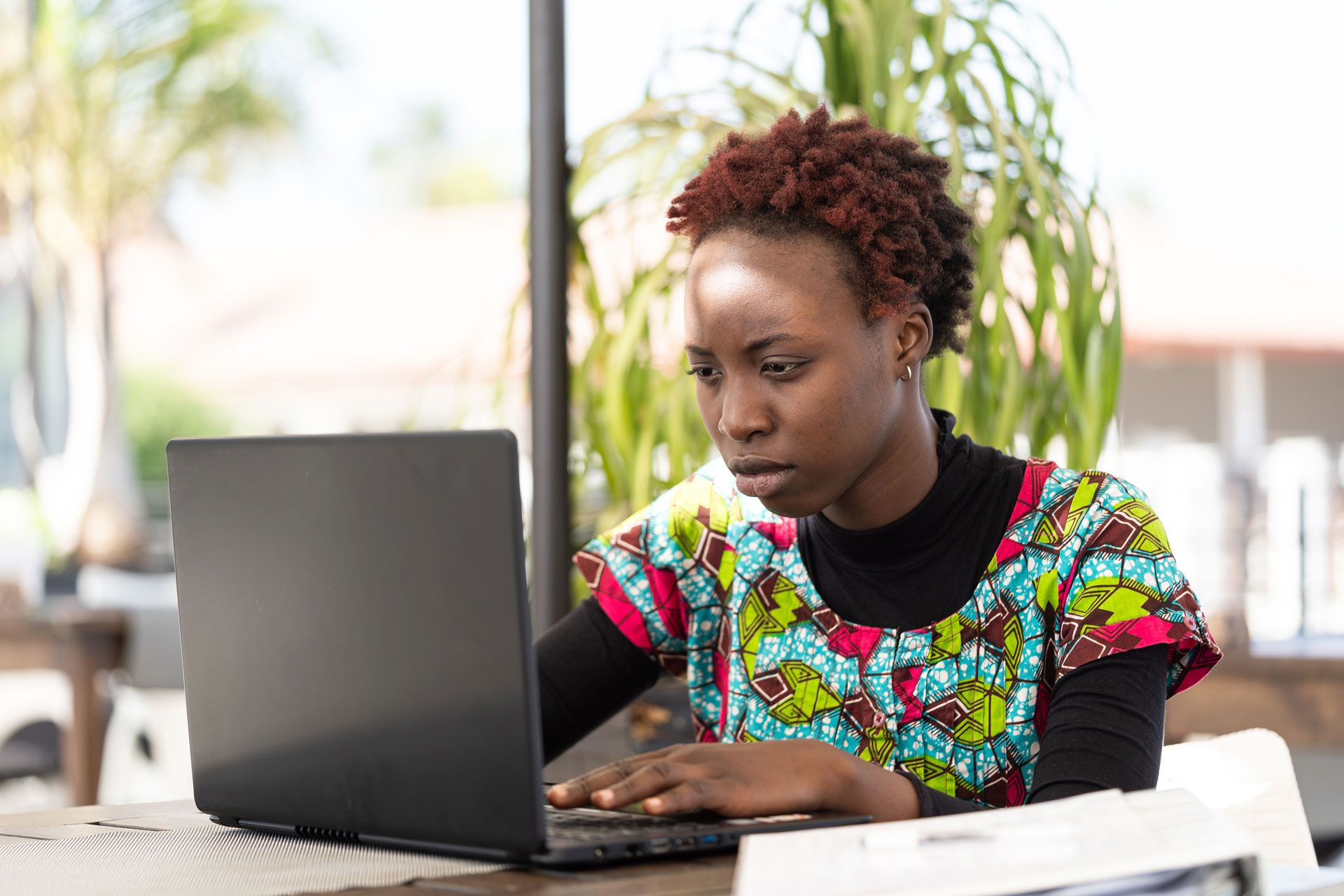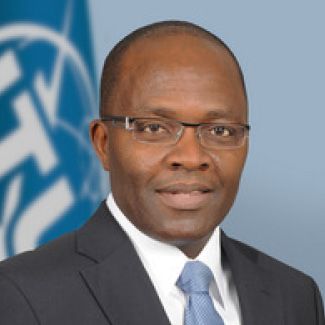
New data highlights digital challenges and opportunities for LLDCs
ITU’s latest statistics and analysis show connectivity doubling across landlocked developing countries since 2014

By Cosmas Luckyson Zavazava, Director of the Telecommunication Development Bureau, ITU
Internet use in the world’s landlocked developing countries (LLDCs) has more than doubled over the past decade, according to the latest statistics collected by the International Telecommunication Union (ITU).
While an estimated 86 per cent of people in LLDCs were covered by a mobile broadband signal in 2024, only 39 per cent of the population used the Internet, up from 15 per cent in 2014 when the second International Conference on Landlocked Developing Countries (LLDC2) took place.
Although this is substantially lower than the global average of 68 per cent, encouragingly, uptake has been increasing at an annual rate of 11 per cent since 2014, significantly outpacing the global rate of 7 per cent.
The disparity between coverage and actual use is largely due to low affordability, limited digital skills, and the lack of relevant content, among other factors.
The new Facts and Figures: Focus on Landlocked Developing Countries, published on 22 July, highlights the digital trends in LLDCs, the challenges they face, and the opportunities offered by digital development.
LLDCs face unique constraints that set their development paths apart from coastal nations, including higher transport costs, trade barriers, and remoteness and isolation from world markets. Digital connectivity holds considerable potential to mitigate some of these challenges.
Connectivity challenges of landlocked countries
Insufficient international connectivity infrastructure and affordability remain key connectivity barriers in LLDCs.
The affordability of broadband services has improved faster in other countries, while prices in most LLDCs remain higher than world medians – for example, the fixed broadband basket costs more than twice as much in LLDCs, compared to the global median.
The new report serves as a powerful advocacy tool to help stakeholders identify connectivity gaps. Concrete data can help put digital development at the top of the agenda for LLDC policymakers and ensure that LLDC digital needs remain a priority among the global development community.
LLDCs vary widely in terms of income levels, urbanization rates, and size, necessitating a flexible approach in addressing their challenges, the report shows. Each country’s underlying conditions must be fully understood to develop truly impactful policies.
Other key findings from the report:
The digital gender divide persists, with an estimated 43 per cent of men using the Internet in LLDCs, compared to 36 per cent of women.
Youth are online more than the average LLDC population, with an estimated 51 per cent of 15- to 24-year-olds in LLDCs using the Internet, but this is lower than the global average of 79 per cent.
The urban-rural connectivity gap is wide, with an estimated 28 per cent of people living in LLDC rural areas being online, versus 63 per cent in LLDC urban areas.
An estimated 13 out of 20 people in LLDCs own a mobile phone, compared to nearly four out of five globally.
Mobile-broadband and fixed-broadband penetration lag behind world averages: LLDCs have an estimated 59 mobile-broadband subscriptions per 100 people, compared with 95 subscriptions per 100 people globally, and only five fixed-broadband subscriptions per 100 inhabitants, compared with a global average of 20.
Affordability remains out of reach: Despite falling prices for mobile broadband, the price gap between mobile and fixed broadband services remains wider in LLDCs than elsewhere in the world.
The Third UN Conference on Landlocked Developing Countries will take place from 5 to 8 August in Awaza, Turkmenistan.
Read the report: Facts and Figures: Focus on Landlocked Developing Countries.
Discover what others are saying and join the conversation: #ITUdata
Header image credit: Adobe Stock
